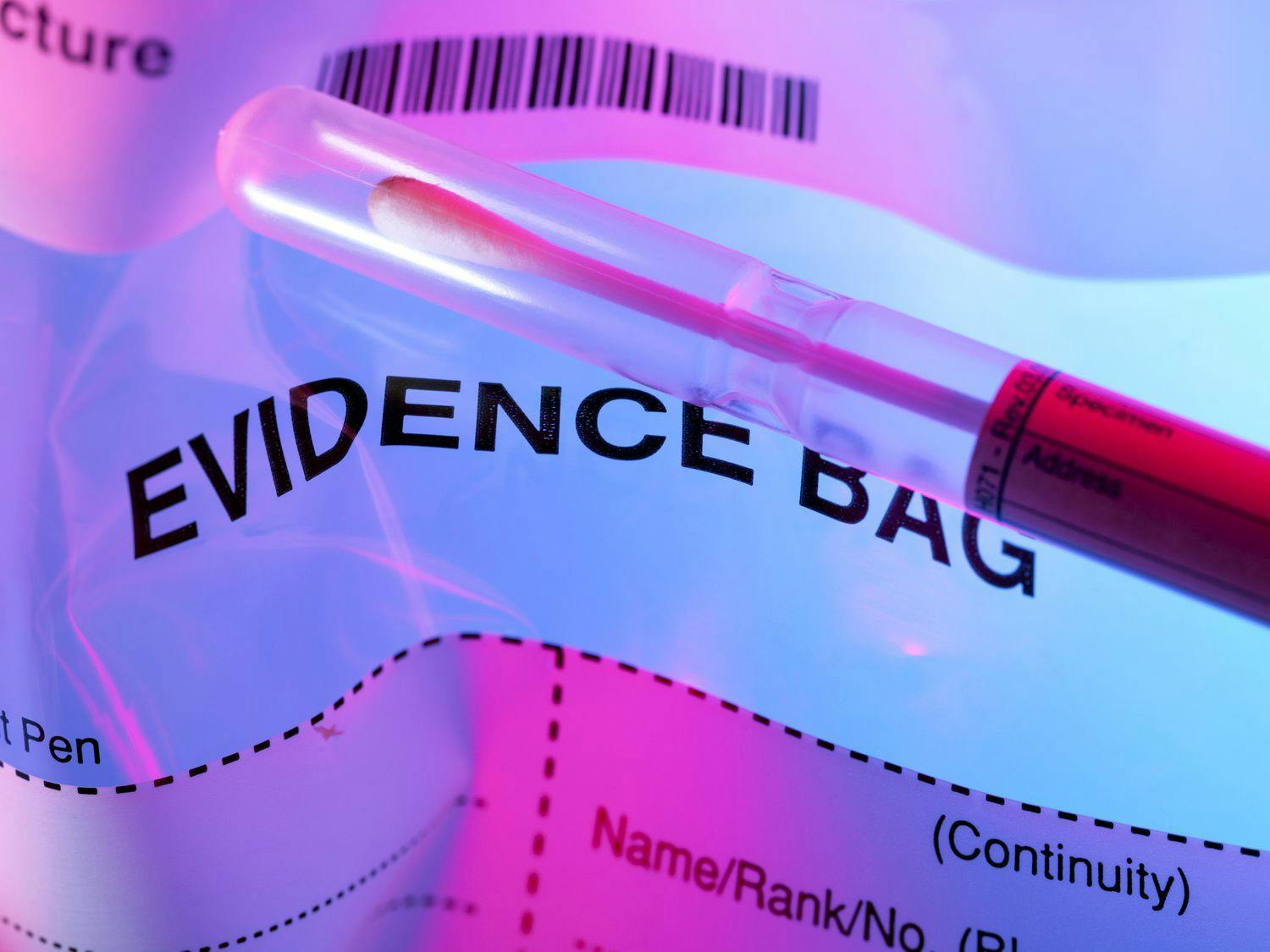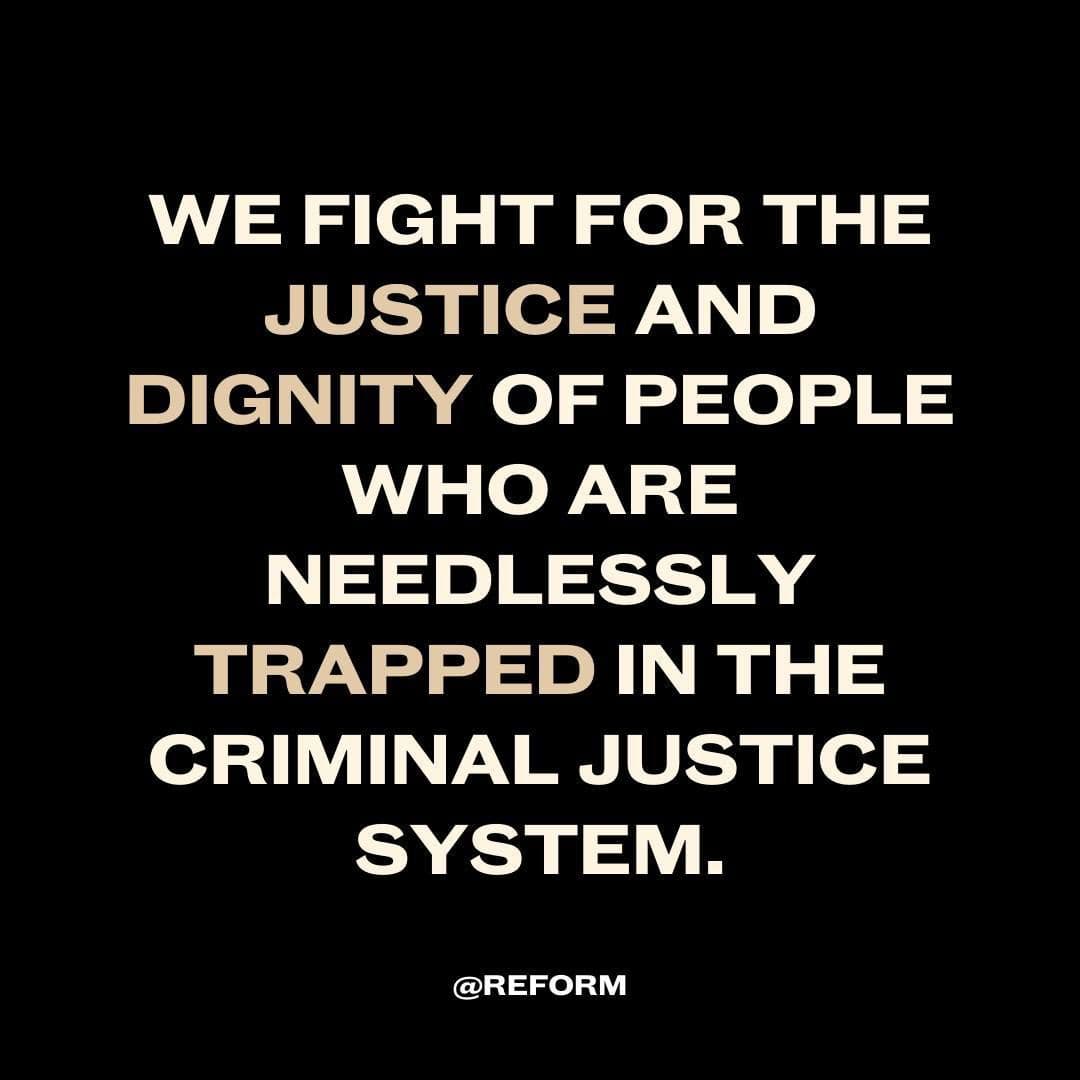Research
Mar 23, 2023Chain Research - How Can Blockchain Technology Be Applied to Chain of Custody?
Learn why blockchain can be used to preserve the integrity of evidence in the criminal justice system.
The legal system was designed as a tool used to achieve justice and protect the rights of its citizens. But too often, this system is slow to adapt to the changing needs of society, leaving many without recourse and denied of their rights. The failure of the legal system to recognize and implement necessary reforms leaves an imperishable mark on the lives of individuals throughout the nation.
While the criminal justice system serves an essential obligation for society as a whole, it's important to acknowledge its flaws. A recent study revealed that out of the 2.3 million people serving time in prison, 11,500 of those individuals are innocent of a crime they did not commit.
Even more alarming is the fact that every year, an average of over two people per day are wrongfully convicted and sentenced to jail time. Although this number seems trivial, it is important to address that every wrongful conviction represents not only a grave injustice to the innocent, but also a missed opportunity to bring the true perpetrator to justice.
The legal system is a long-standing institution that cannot be easily reformed overnight. Nevertheless, making small adjustments in how forensic evidence is handled can significantly aid in the battle against wrongful convictions. A significant issue in the justice system is the improper management of crucial forensic evidence, particularly in the chain of custody.
The chain of custody procedure is a critical element of handling crime scene evidence, from the moment it is collected until it is presented in a court of law. It involves multiple handovers of the evidence, with interested parties logging the evidence in and out of storage and creating a paper trail to record its movements. However, this process is susceptible to multiple human-errors, and defense attorneys have the ability to challenge the integrity of the evidence.

Chain of custody errors can occur during any moment of evidence management, and can include several different mistakes. For example, a contaminated crime scene may occur if law enforcement fails to properly secure it, which could lead to evidence being contaminated by people who are not authorized to handle it. Law enforcement may also fail to properly document evidence, including where it was found and who it was found on, which could cause confusion or misidentification of the evidence. Improper handling and storage of evidence are other potential mistakes that can occur.
The integrity of the chain of custody is crucial in ensuring that the evidence presented in court is reliable and untainted. Any errors in the chain of custody can seriously compromise a defendant's right to a fair trial, as it may result in the admission of unreliable or tampered evidence. If such errors are identified in a case, an attorney may file a motion to suppress the flawed evidence, preventing it from being used in the courtroom. In some cases, even minor chain of custody issues can be presented to the jury to consider when determining a defendant's guilt.
Lack of adherence to proper procedures in the chain of custody can lead to wrongful convictions or even acquittals. This can have devastating consequences for both the accused and the justice system as a whole. In order to prevent chain of custody errors and maintain the fairness of the legal system, it's essential to establish and enforce clear guidelines for the handling and preservation of evidence. Failure to do so can erode public trust in the justice system, and compromise the rights of those who find themselves entangled in it.
However, with the rapid adoption of emerging technologies, the implementation of blockchain could potentially address these issues by creating and tracking unique evidence tokens for each piece of data that is collected. These tokens can be stored and audited on a public or private blockchain, providing transparency, immutability, and traceability to the chain of custody process.
How can blockchain technology verify the authenticity of evidence?
Blockchain technology is a decentralized digital ledger that records transactions in a secure and tamper-proof manner. The decentralized technology can be utilized to maintain the integrity of the evidence in various ways. To start, blockchain can create an immutable and transparent chain of custody for evidence by recording every transfer of custody. Each transfer is verified and recorded by the network of nodes, making it almost impossible to alter the records without being detected. The tamper-proof nature of blockchain ensures that the original source of the evidence can be traced with complete transparency.
Secondly, blockchain's cryptographic security provides an extra layer of protection against data manipulation. Blockchain utilizes a complex algorithm to encrypt the data and authenticate the transaction. Again, each transaction is verified by a network of nodes, and once it is recorded, it becomes a permanent part of the blockchain network. Any attempt to alter or manipulate the data is detected and rejected by the network, ensuring the integrity of the evidence.
Finally, blockchain technology can provide real-time access to information linked to the chain of custody. This means that authorized parties can access the chain of custody records at any time, making it easier to manage and track the evidence throughout the legal process. This can save time and resources while ensuring the integrity of the evidence at trial.
What are the limitations of implementing blockchain technology in the legal system?
As with any new technology, there are challenges and limitations associated with implementing blockchain for chain of custody in the legal system. Here are some of the key obstacles that must be considered before blockchain can become a viable solution for chain of custody:
I. Technical barriers:
Blockchain is a complex technology that requires a considerable amount of technical expertise to implement successfully. This can pose a challenge for legal organizations that may not have the necessary technical skills or resources to deploy and maintain the technology.
II. Regulatory and legal issues:
The regulatory and legal framework is another critical barrier to the implementation of blockchain technology. The legal industry is highly regulated, and the use of new technology must comply with existing regulations. This can create a significant challenge for organizations that want to implement blockchain technology, as there may be a lack of clear guidance or uncertainty regarding how the technology can be applied within the legal framework. This challenge is compounded by the fact that blockchain technology is still relatively new, and there is limited case law and precedent around its use.
III. Resistance to change:
The legal industry is known to be conservative and slow to adopt new technologies. Many legal professionals are hesitant to adopt new technology, and there may be resistance to change from those who are comfortable with traditional methods of chain of custody. This resistance can pose a significant challenge for organizations that want to implement blockchain technology.

Advocating for Justice and Innovation with REFORM
With over 11,500 innocent people incarcerated and more than two wrongful convictions per day, small strides towards the proper management of forensic evidence, especially in the chain of custody, can have a significant impact on thousands of lives.
Although the implementation of blockchain technology in the legal system may take years, organizations like the Innocence Project and REFORM Alliance are actively advocating for exonerations and sentencing reform programs in the U.S.A. The REFORM Alliance collaborates with policymakers to achieve evidence-based reforms and meaningful change in the criminal justice system.
Chain Gives is a blockchain-based relief organization that is committed to aiding social justice and humanitarian causes. Chain Gives is determined to bring hope and equality to those who have been adversely affected by the criminal justice system through their long-standing solidarity and support for the REFORM Alliance. To learn more about Chain Gives, and their mission to create an ethical and more connected world, visit www.chain.com/company/chain-gives.

Follow @REFORM on Twitter and Instagram to learn more.
About Chain
Chain is a blockchain infrastructure solution company that has been on a mission to enable a smarter and more connected economy since 2014. Chain offers builders in the Web3 industry services that help streamline the process of developing, and maintaining their blockchain infrastructures. Chain implements a SaaS model for its products that addresses the complexities of overall blockchain management. Chain offers a variety of products such as Ledger, Cloud, and NFTs as a service. Companies who choose to utilize Chain’s services will be able to free up resources for developers and cut costs so that clients can focus on their own products and customer experience. Learn more: https://chain.com.
Connect with Chain for the latest updates.
Twitter: twitter.com/Chain
Telegram: t.me/Chain & https://t.me/ChainAnnouncements
Medium: blog.chain.com
Instagram: instagram.com/Chain
Chain News & Updates
Latest News & Updates
Sign up for the Chain Newsletter - a weekly roundup of new platform features and the latest from the industry.
